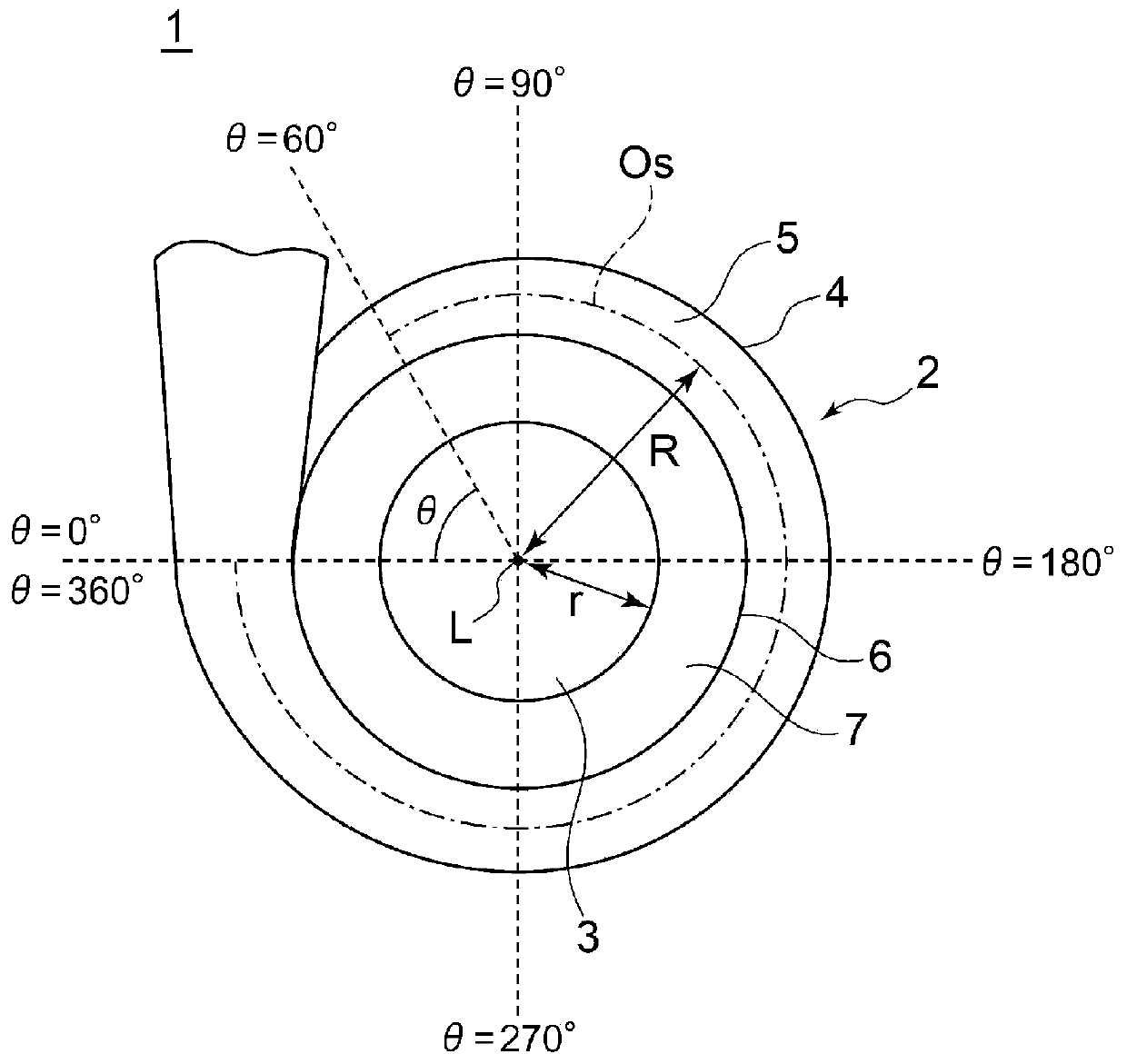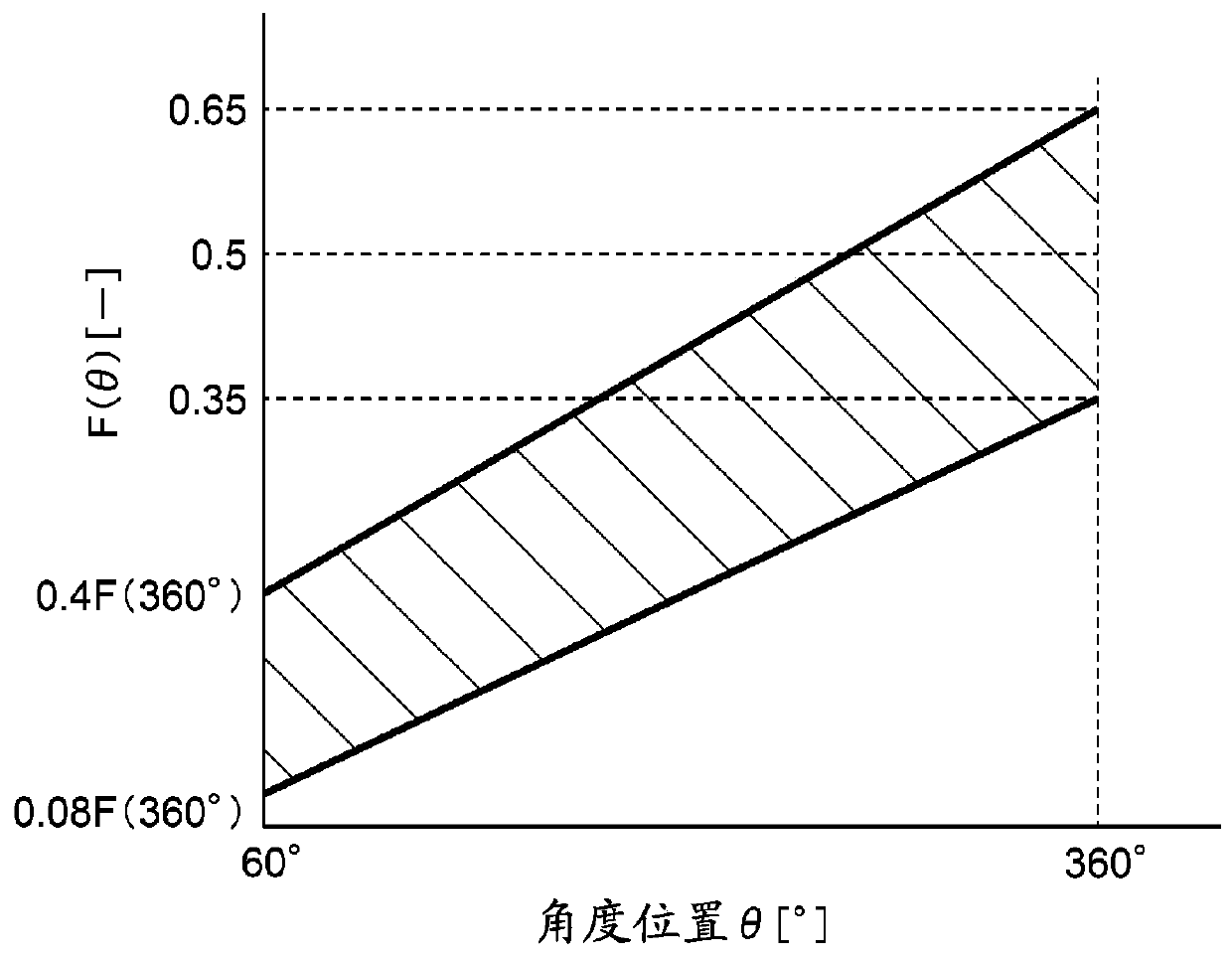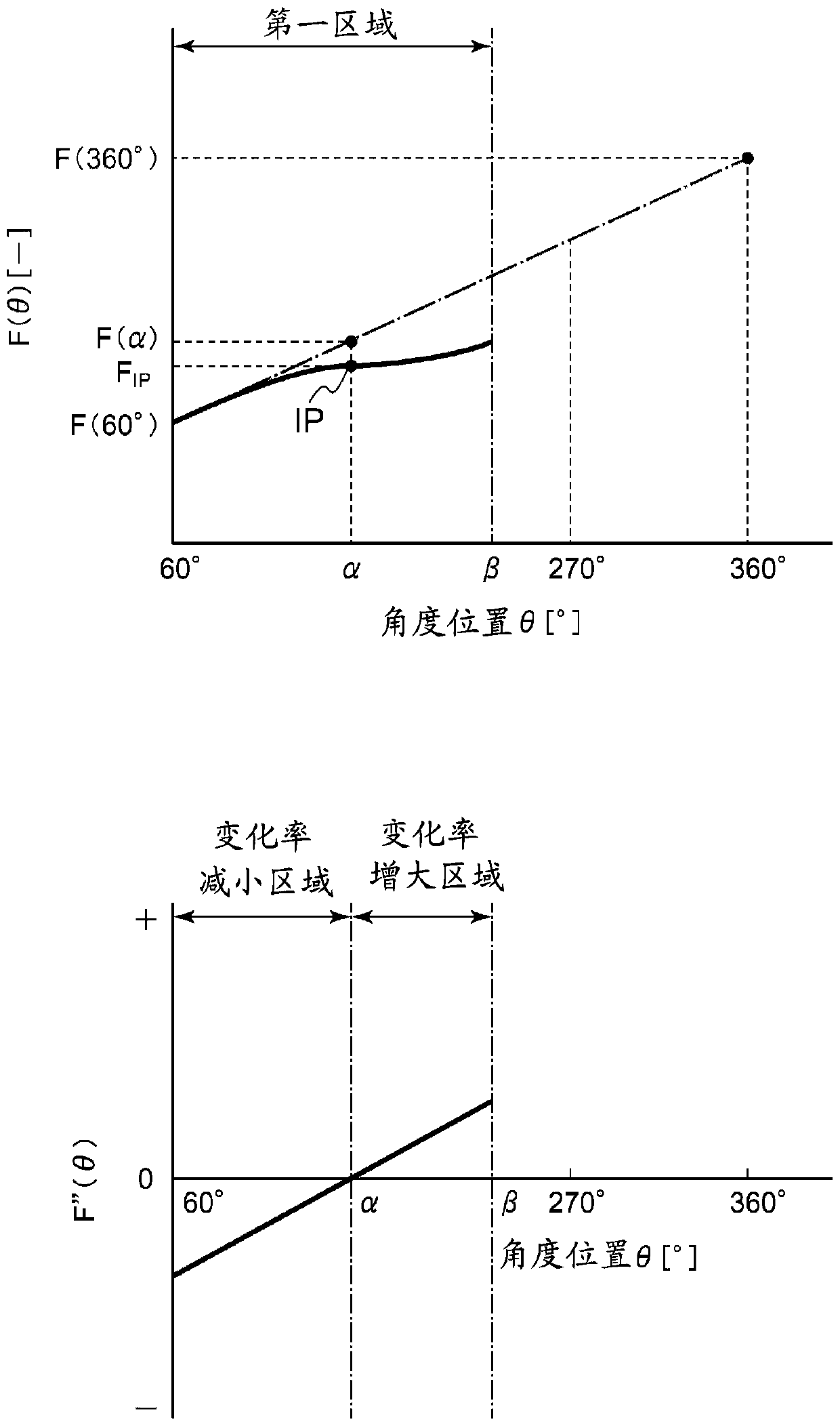Centrifugal compressor and turbocharger provided with said centrifugal compressor
A technology of centrifugal compressors and impellers, which is applied in the field of centrifugal compressors and turbochargers, which can solve the problems of not being able to expand the working area on the small flow side and reduce efficiency, and achieve the effect of suppressing peeling and expanding the working area
- Summary
- Abstract
- Description
- Claims
- Application Information
AI Technical Summary
Problems solved by technology
Method used
Image
Examples
Embodiment Construction
[0053] Hereinafter, several embodiments of the present invention will be described with reference to the drawings. However, the scope of the present invention is not limited to the following embodiments. The dimensions, materials, shapes, and relative arrangements of components described in the following embodiments are not intended to limit the scope of the present invention, but are merely illustrative examples.
[0054] Centrifugal compressors according to some embodiments of the present invention shown below will be described by taking a centrifugal compressor of a turbocharger as an example. However, the centrifugal compressor of the present invention is not limited to the centrifugal compressor of the turbocharger, and may be any centrifugal compressor that operates independently. In the following description, although the fluid compressed by this compressor is air, any fluid may be substituted.
[0055] Such as figure 1 As shown, the centrifugal compressor 1 has a ca...
PUM
 Login to View More
Login to View More Abstract
Description
Claims
Application Information
 Login to View More
Login to View More - R&D
- Intellectual Property
- Life Sciences
- Materials
- Tech Scout
- Unparalleled Data Quality
- Higher Quality Content
- 60% Fewer Hallucinations
Browse by: Latest US Patents, China's latest patents, Technical Efficacy Thesaurus, Application Domain, Technology Topic, Popular Technical Reports.
© 2025 PatSnap. All rights reserved.Legal|Privacy policy|Modern Slavery Act Transparency Statement|Sitemap|About US| Contact US: help@patsnap.com



